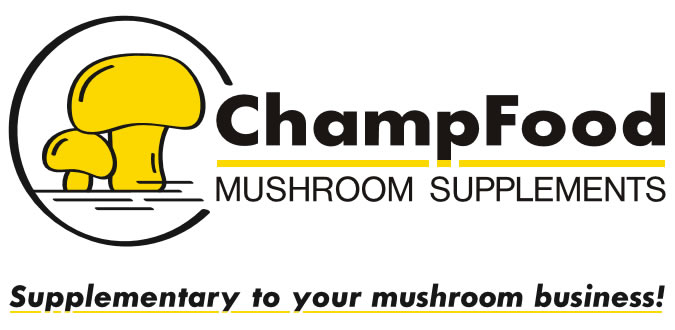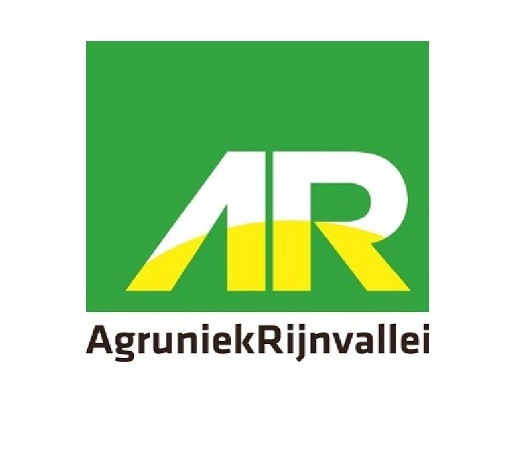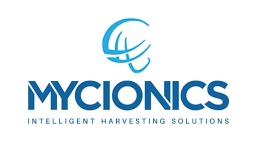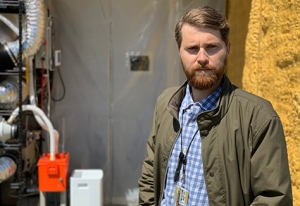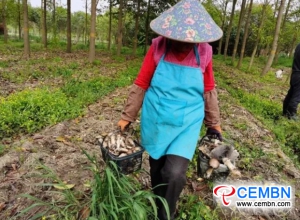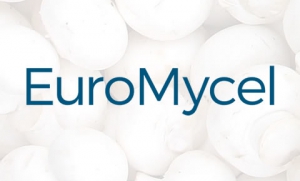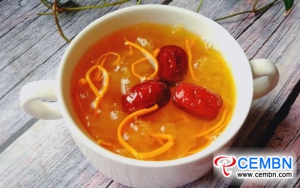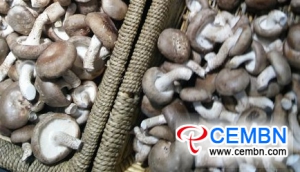
Mushroom Matter
Welcome on our platform. Why MUSHROOM MATTER? Because mushrooms play an important role in our lives as well in business. Our goal is to bring the world the very latest mushroom news with the upmost care to support the positioning of our beloved Mushroom.
On July 17, Morel mushrooms artificially cultivated in Maosheng Agricultural Products Cooperative are evolving into picking time, growers are busy with mushroom picking and sorting.
“Morel mushrooms enjoy fresh and pollution-free air and drink sweet mountain spring water in our cooperative,” said Mr. Zhang Dianyong, person in charge of the cooperative passionately, adding that fresh Morel mushrooms cultivated in the cooperative could be sold at 300 CNY per kg, mu profit is considerable. And, the cooperative also drives 30 local poor households to launch into Morel mushroom farming and help generate handsome revenues.
On July 14, Reishi mushrooms artificially cultivated in Mianhua Village, Tianzhu County, Guizhou Province of China are showing the desirable growth tendency, farmers are carefully engaged with routine management work.
Over the years, Tianzhu County positively plays the superiority of mountain ecology, strengthens the development of characteristic industry so as to help farmers to get stable jobs and generate earnings.
And then it's summer!
Europe is now at the time of the year summer will burst out. And every year the same growing problems occur at this time, getting worse and worse every year. Summers seem to get hotter and it is time to adapt before real growing problems are there. There are a number of things growers can do but of course a good cooling system is a must. Well calculated, fitting the circumstances of your own country. But even the best cooling system will not cover everything. If we take the summer temperature last year in Holland at 42° nobody has a cooling system which will handle these extreme temperatures in our country.
If at the same moment also the relative humidity is high it is not only cooling but also the heating that counts. And that brings me to the first mistake many growers make. In summer switch of the heating system. Its hot enough outside, I do not need heating. Wrong!!!
De-humidification only works if the cooling can work in combination with a bit of heating. So, by switching of the heating the system can make the air dryer anymore. And you need dry air to cool a hot room. The easiest way to cool a growing room is to give water to the casing soil. The best way is to give many small quantities up to 2 litres. That can be evaporated again. Spread the watering over 24 hours. The dry air coming into the room will take care of the evaporation and will help cooling the growing room. Keep the casing soil wet but the floor as dry as possible. That is why I do not close the room completely if the outside is hot but dry. It is possible to use air which is much higher than the compost temperature as long as the incoming air is dryer than the air in the room.
In the mollier diagram one can calculate how much fresh air is necessary to absorb the evaporated water in the room. And for that cooling by evaporation you only need a few litres of water extra. No extravagant quantities as some growers tend to do. An extra help will be some mobile coolers on the farm. They can be placed into the room just before the heat surge is starting. The price of such a mobile cooler is a lot lower than the costs of losing a room.But in the end, judging a room is important. If compost is active and the C/N ration is relatively high one can expect activity. It is of outmost importance that cooling starts before the surge starts. Once a compost is going up it is hard or impossible to stop it.
Imagine being able to sustainably produce a nutritious and delicious food product that is not constrained by specific environmental conditions required to support a predominately plant-based agricultural industry.
Kennesaw State University researcher Christopher Cornelison is exploring the possibilities of improving the food supply chain by leveraging innovative technology to expand the opportunities for mushroom production in Georgia.
“We must be able to develop sustainable methods for producing readily preserved and nutritious foods without regional climactic limitations,” said Cornelison, an assistant professor of microbiology in the College of Science and Mathematics and director of the BioInnovation Laboratory at KSU. “Mushrooms are an ideal crop as they only rely on three environmental factors that can be regulated to optimize growth yield—humidity, temperature and carbon dioxide concentrations.”
Although sales of these spore-bearing fruiting bodies of fungi accounted for more than $3.1 billion in U.S. economic impact according to a 2019 American Mushroom Institute report, they are still underutilized.
Cornelison said more than half of the nation’s mushroom production is associated with a single county in Pennsylvania. The substrate used in this production, primarily mulch, is transported from the Midwest to meet the demand.
That is why Cornelison is now focused on determining the feasibility of growing culinary and commodity mushrooms in Georgia via low-cost and efficient production systems housed in modified shipping containers with embedded environmental control systems.
With a new $25,000 award from the venture development program of the Georgia Research Alliance (GRA), Cornelison’s goal is to study the potential commercialization of growing these mushrooms on media or substrates of regional agricultural wastes such as peanut shells, corn chaff or spent brewing grains.
Please read the full article here
Now, it is the ideal marketing time of Stropharia rugosoannulata in Shanghai Gulinyuan Professional Cooperative, farmers are engaged with mushroom picking, sorting and packing.
”In 2019, we cultivated Stropharia rugosoannulata in 150 mu of area, now, mushrooms are in peak picking period, daily picking volume comes to 1000 kg or so,” introduces person in charge of Gulinyuan Cooperative warmly, going on that during the cultivation process of Stropharia rugosoannulata, the cooperative makes full use of agricultural and forestry residues, and seizes rice straws as raw materials. By doing so, decomposed straws could be returned to the field to improve the soil and enhance soil organic matter after mushroom cultivation.
B2B Sales Engineer
Thanks to its fast commerical development EuroMycel seeks a B2B sales engineer.
This email address is being protected from spambots. You need JavaScript enabled to view it.
According to mushroom quotation provided by Liaoning Dandong Vegetable Wholesale Market, on July 8, Shiitake mushroom, Superior Shiitake mushroom, Button mushroom and Agrocybe cylindracea are 4 varieties that show price fall.
1. Price of Shiitake mushroom has dropped from 10 to 8 CNY per kg, indicating 20% of decline range.
2. Price of Superior Shiitake mushroom has dropped from 14 to 12 CNY per kg, indicating 14% of decline range.
3. Price of Button mushroom has dropped from 18 to 16 CNY per kg, indicating 11% of decline range.
4. Price of Agrocybe cylindracea has dropped from 14 to 12 CNY per kg, indicating 14% of decline range.
On the contrary, on July 8, Oyster mushroom, King oyster mushroom, Enoki mushroom and Cordyceps militaris are 4 varieties that show price rise.
1. Price of Oyster mushroom has risen from 8 to 16 CNY per kg, indicating 100% of increase range.
2. Price of King oyster mushroom has risen from 6.5 to 7 CNY per kg, indicating 7% of increase range.
3. Price of Enoki mushroom has risen from 4 to 4.5 CNY per kg, indicating 12% of increase range.
4. Price of Cordyceps militaris has risen from 14 to 16 CNY per kg, indicating 14% of increase range.
“Price of White beech mushroom and Brown Shimeji mushroom is respectively at 8.3 and 8.33 CNY per kg in our market,” introduces general manager of Liaoning Dandong Vegetable Wholesale Market passionately.


